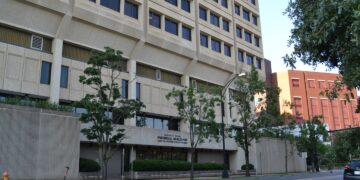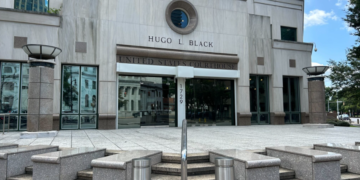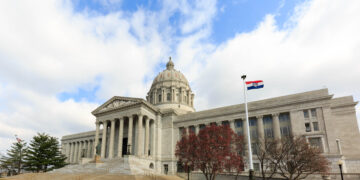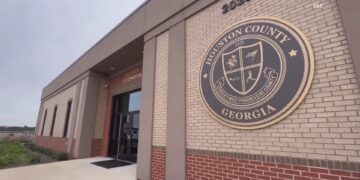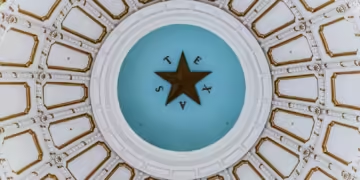March 22, 2025 Story by: Editor
A recent study has revealed that voter turnout disparities between white and nonwhite Alabamians reached their highest level in 20 years during the 2024 elections.
The Brennan Center for Justice, a liberal nonprofit organization focused on law and public policy, found that 65% of eligible white voters participated in the election last year, compared to just 51% of nonwhite voters.
These figures mark a significant shift in voter turnout trends over the past two decades. In 2008, when Barack Obama was first on the ballot, approximately 60% of eligible Black voters in Alabama cast their votes, compared to 59% of white voters. At that time, nonwhite voter turnout stood at about 56%.
Since then, white voter turnout in Alabama has risen, peaking at 66% in 2020 before slightly declining to 65% in 2024. Conversely, Black voter turnout dropped to 50% in 2016, rebounded to 58% in 2020, but fell again to 51% last year.
“We know that gap has grown, and in 2024, it has taken an almost turbo level increase in its scope,” said Kareem Crayton, vice president of the Washington, DC, office for the Brennan Center. “It is a very disturbing trend, particularly when we see the level of diversity in this country is far greater than it has been.”
The study did not pinpoint specific causes but highlighted the impact of restrictive voting policies implemented by mostly Republican-led states following the U.S. Supreme Court’s decision in Shelby County v. Holder. This ruling invalidated Section 5 of the 1965 Voting Rights Act, which had been designed to prevent discriminatory practices that historically disenfranchised minorities, particularly Black voters.
Section 5 required states with histories of voter suppression to obtain federal approval before making changes to voting laws. However, in the 2013 ruling in Shelby County v. Holder, Chief Justice John Roberts, writing for the majority, stated that the “country had changed,” effectively removing the preclearance requirement.
“We can’t say for certain what caused the white–Black turnout gap to widen in Alabama, but the surge in restrictive voting laws since the Shelby County v. Holder decision has likely played a role in depressing turnout among Black voters,” the study states. “Our research shows that a decade after the ruling gutted the Voting Rights Act, these gaps are growing everywhere, but they are widening especially quickly in places like Alabama that were subject to the ‘preclearance condition’ that was suspended in Shelby County.”
Richard Fording, a political science professor at the University of Alabama, also acknowledged that voting restrictions may contribute to the growing turnout gap. However, he noted in an interview that other factors, such as the enthusiasm Barack Obama generated among Black voters, could also be influencing the trend.
Source: Yahoo News



